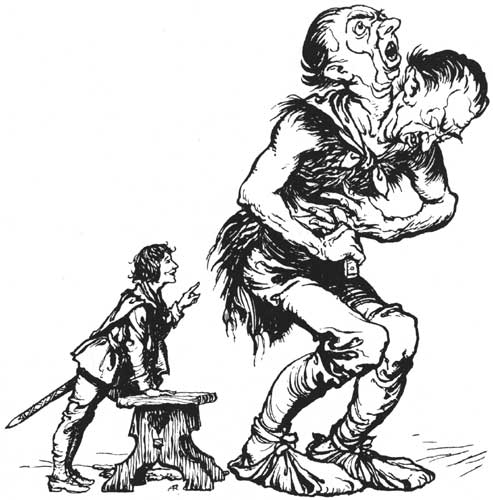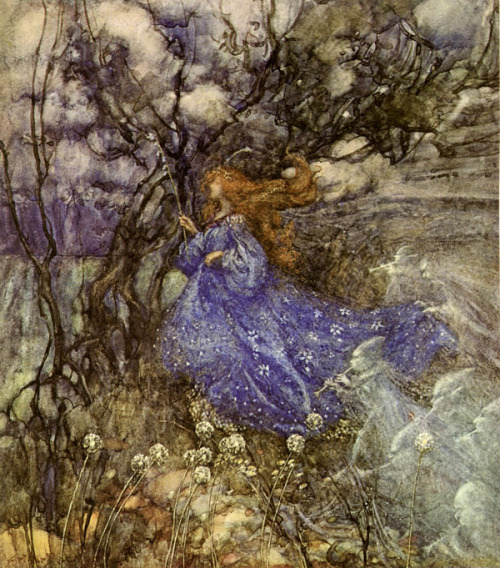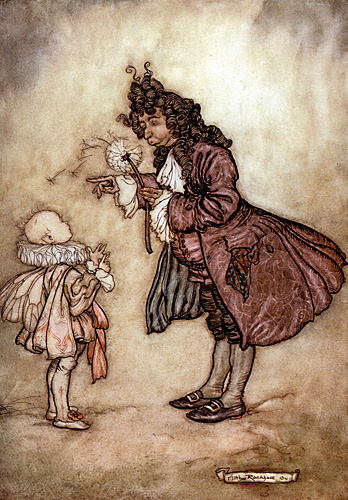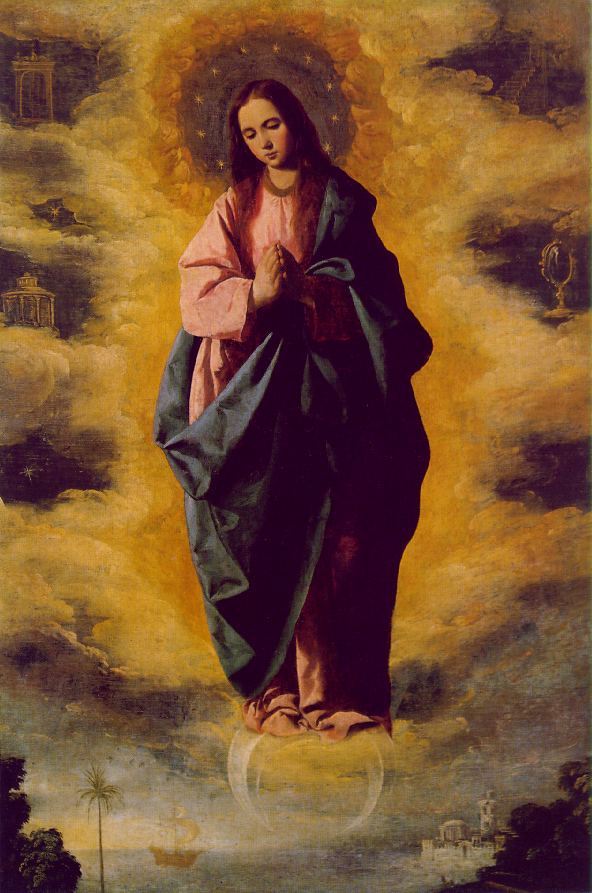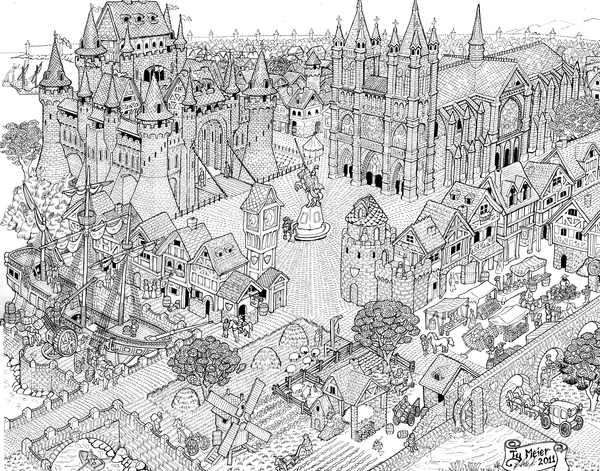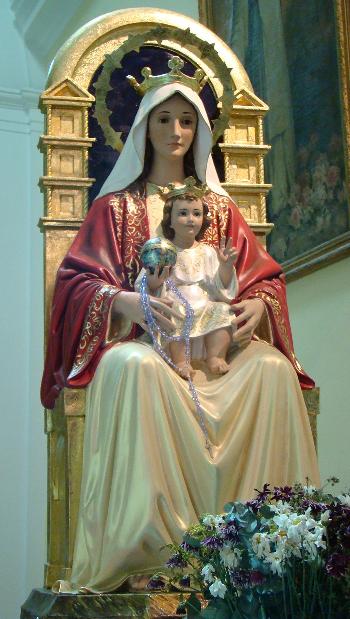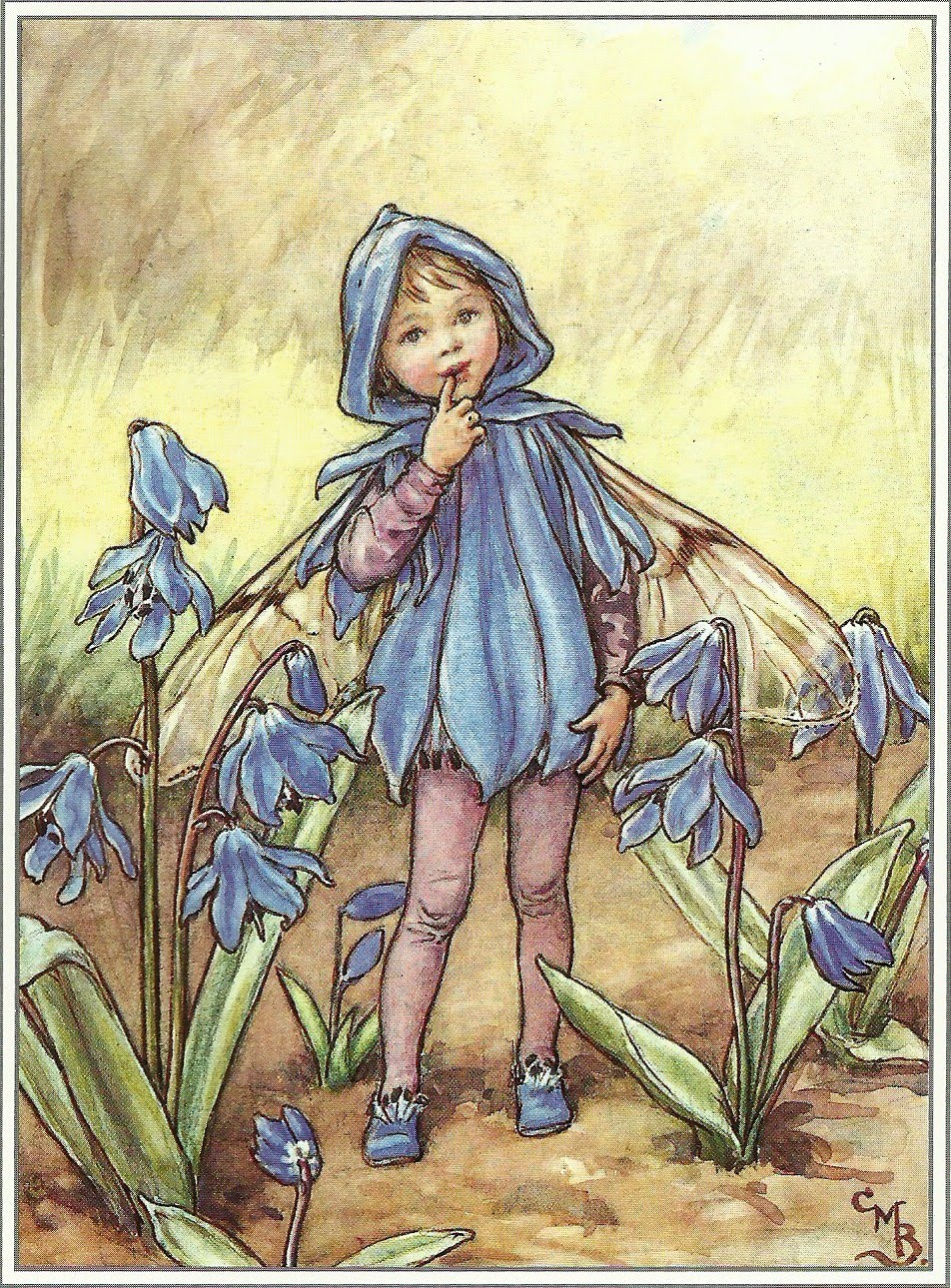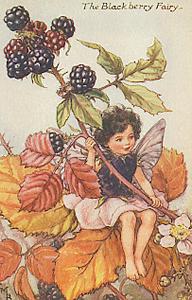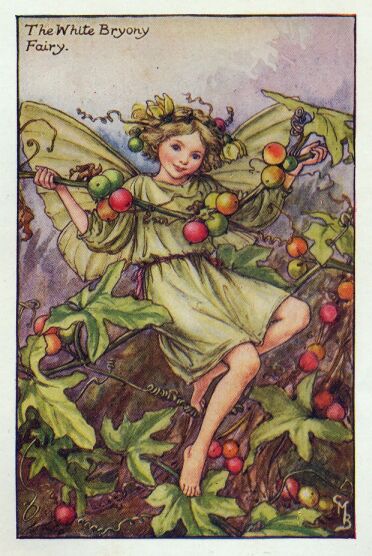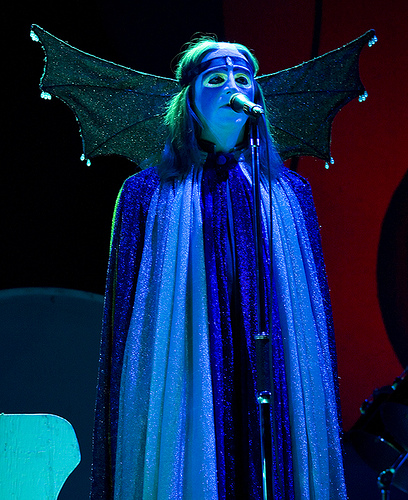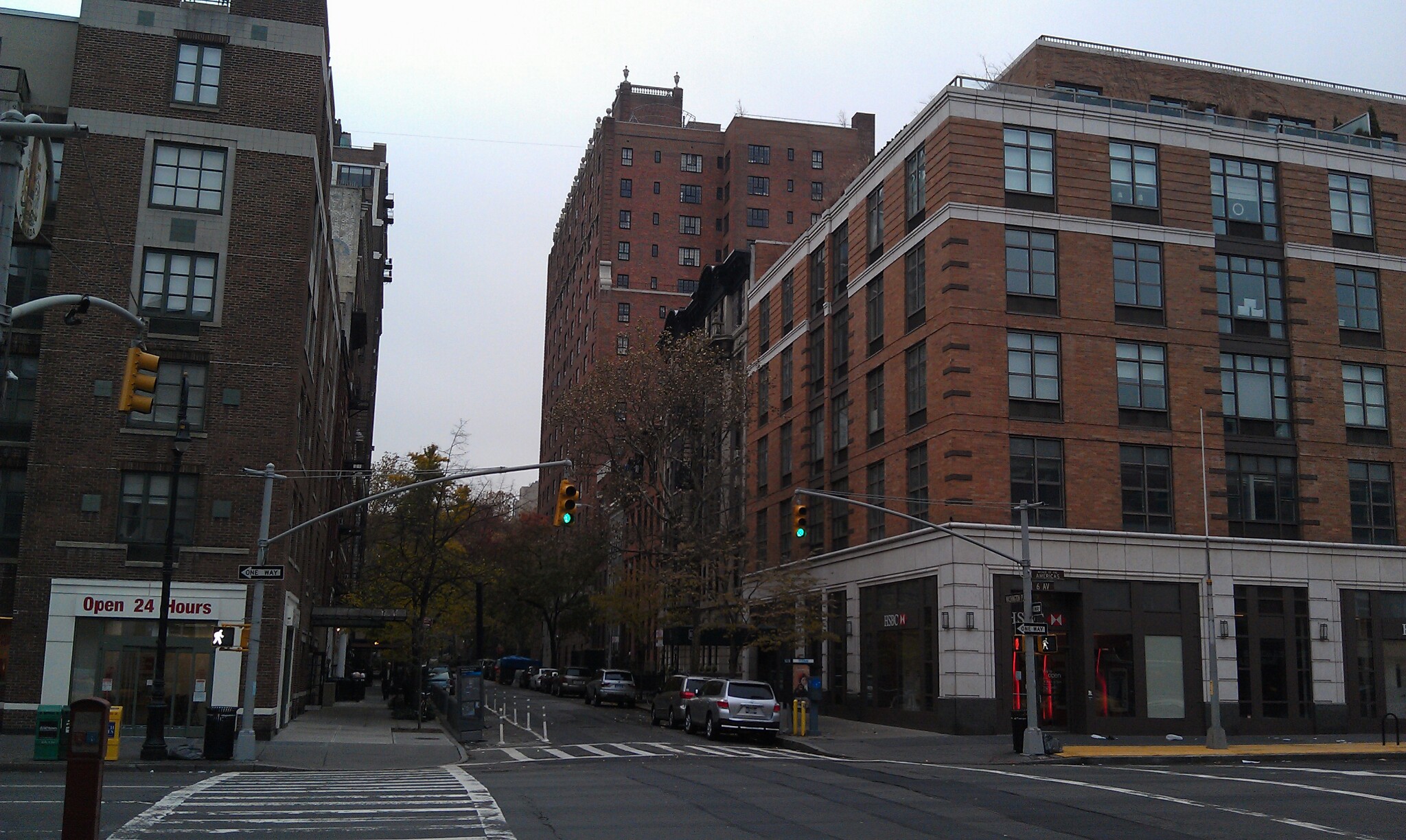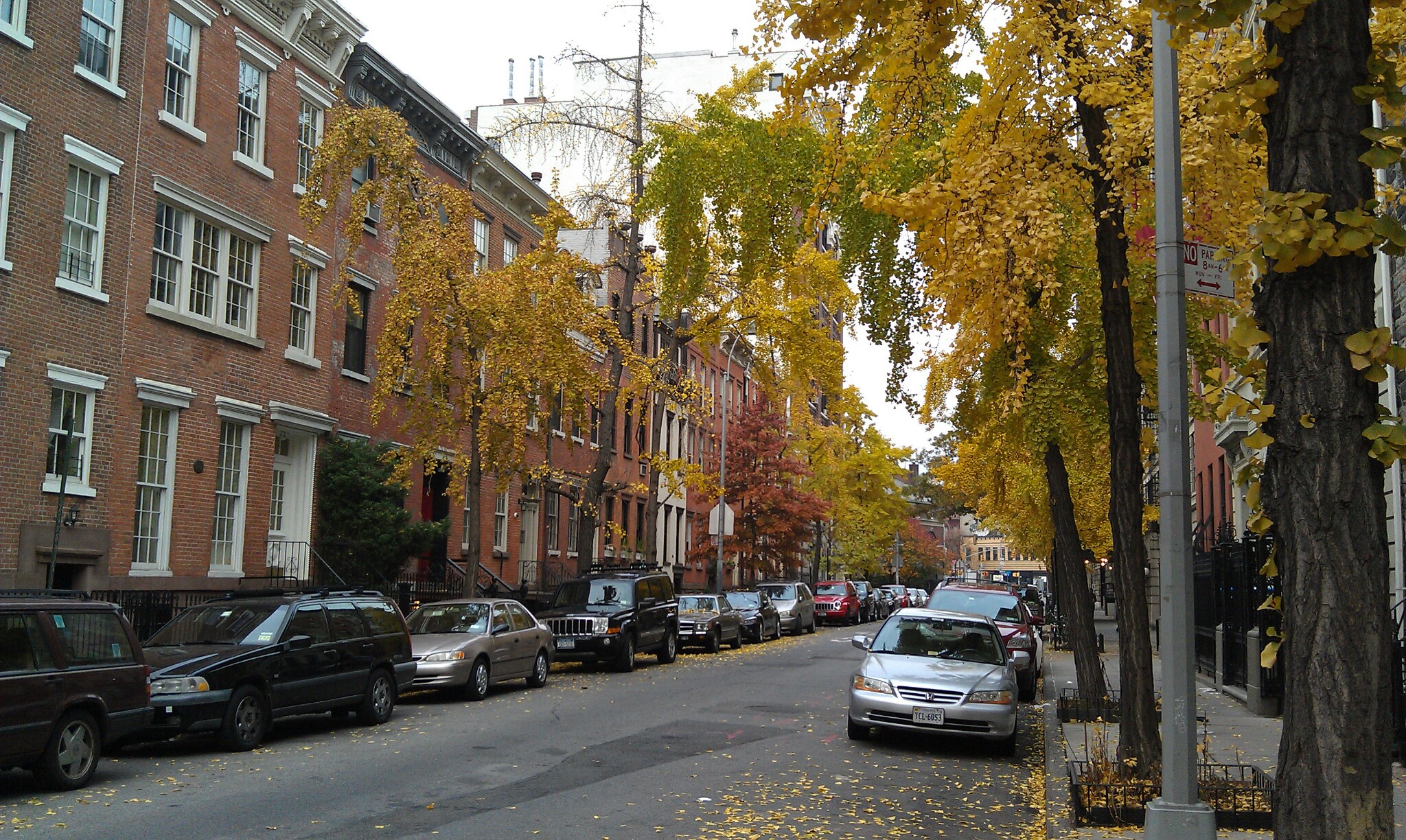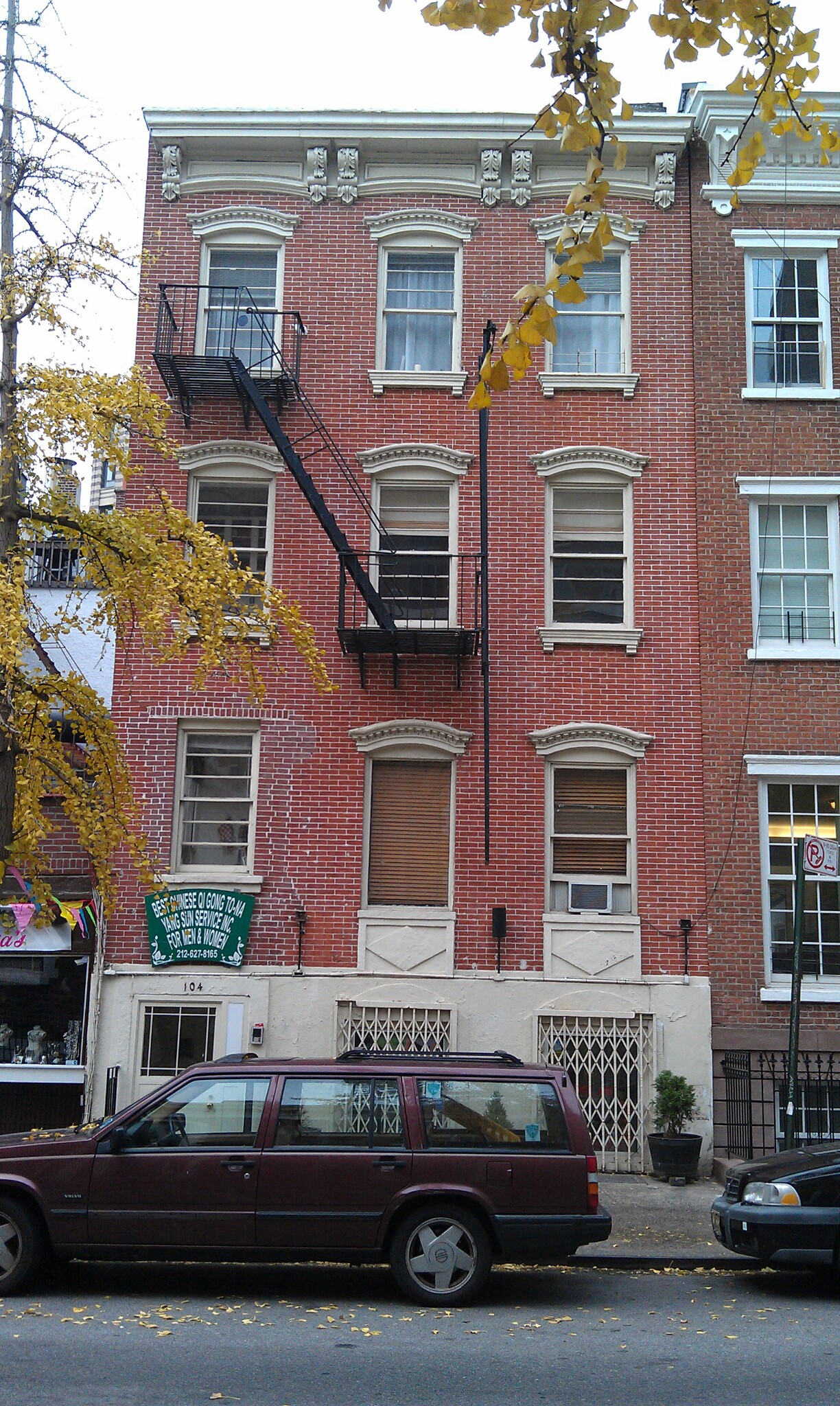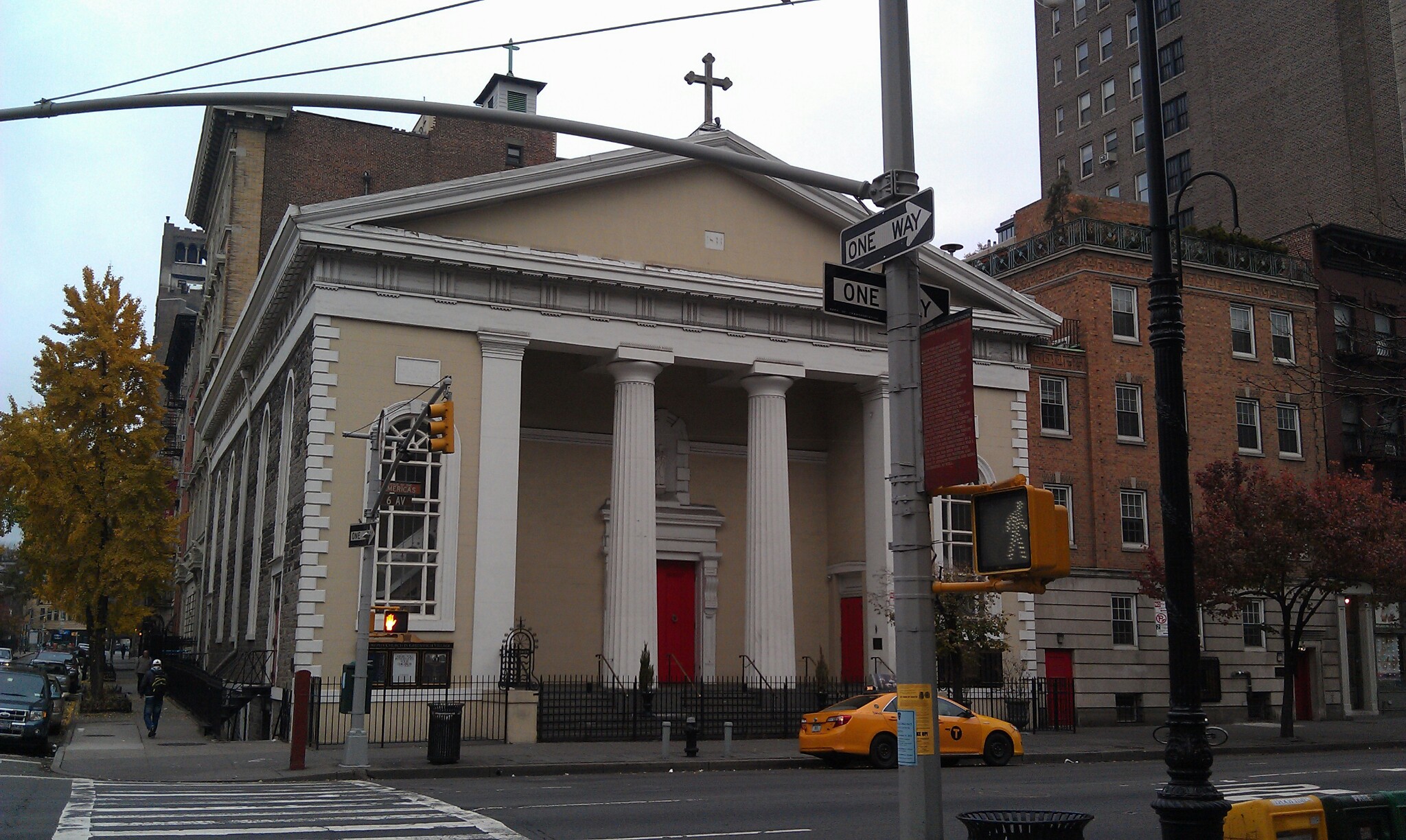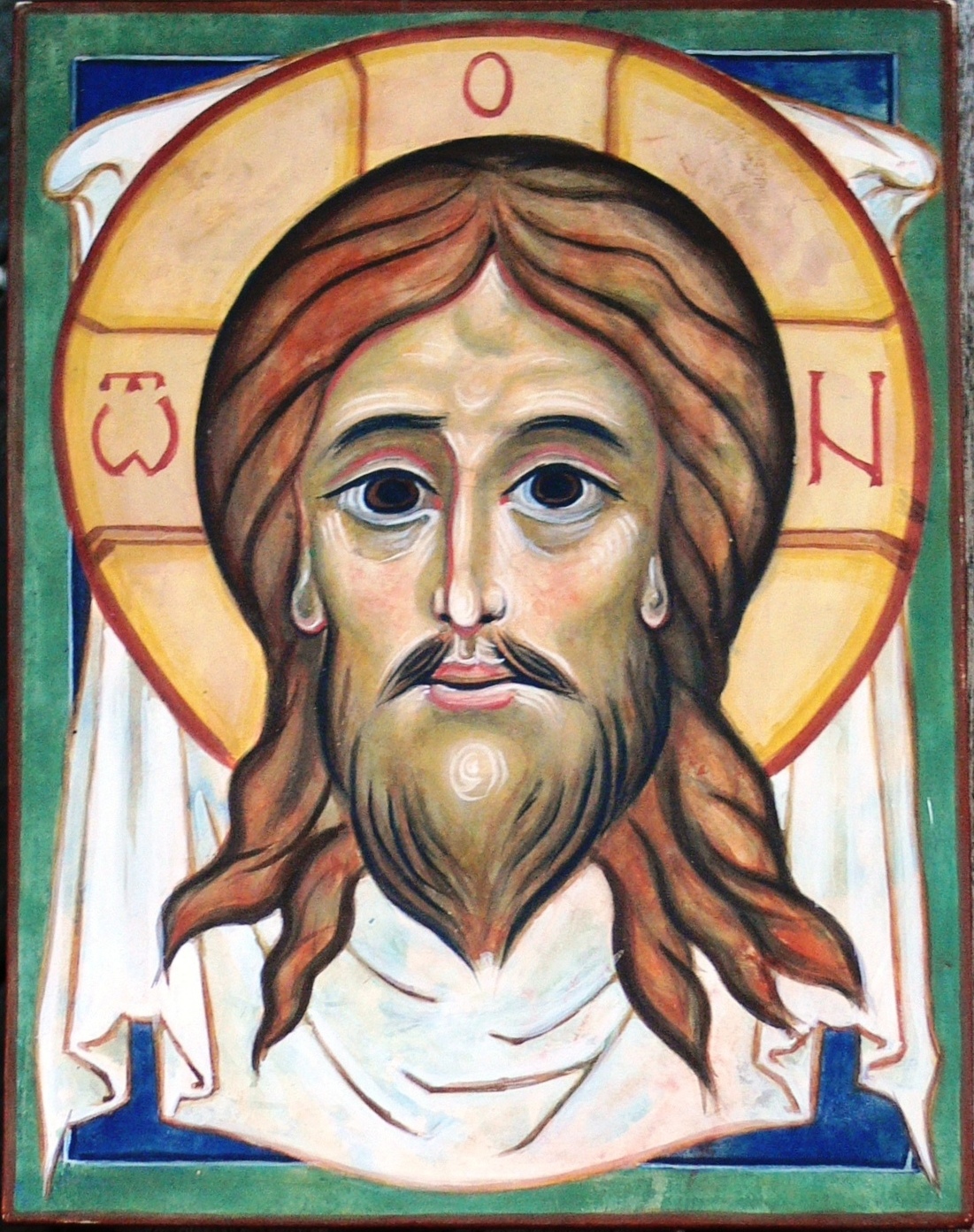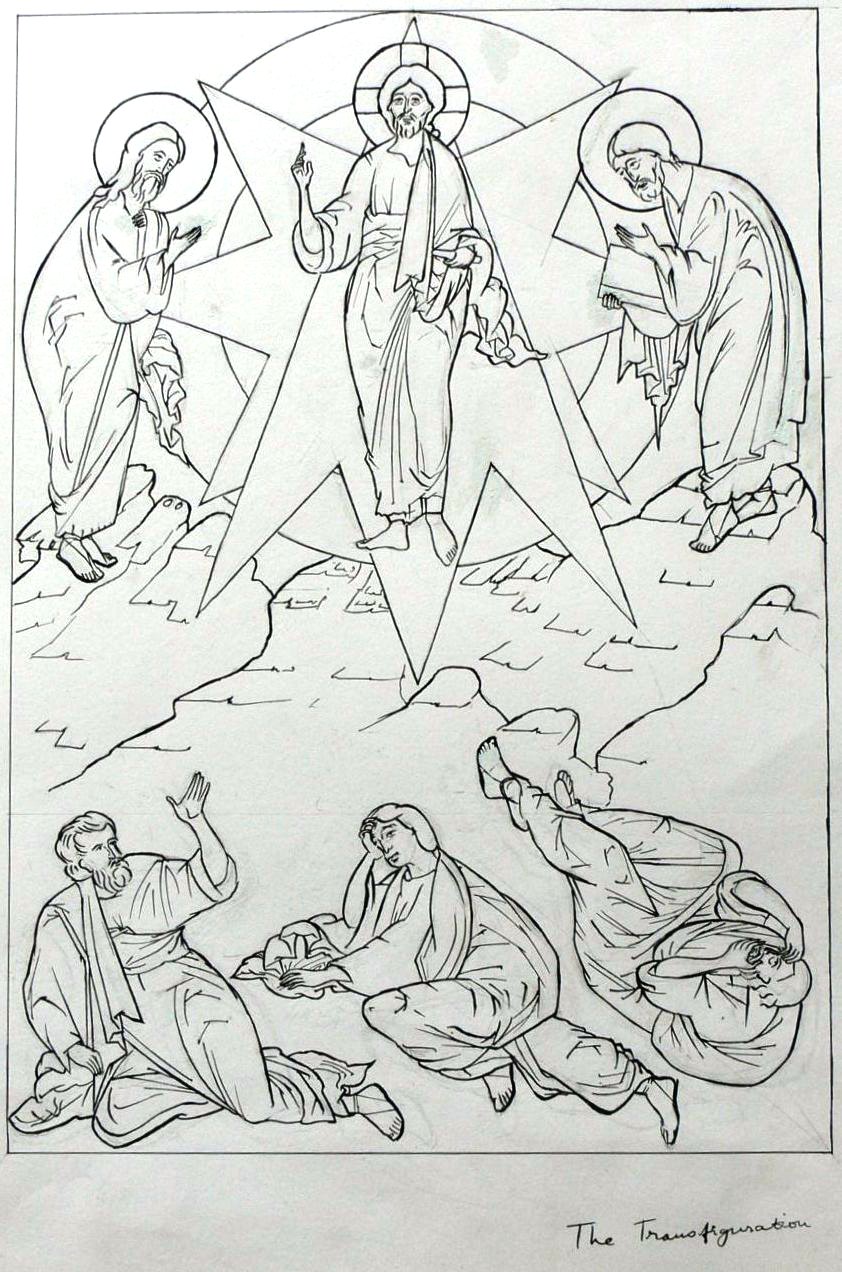 Following on from last week here are some more illustrations from England in the period of 10-15 years on either side of the First World War. This time the artist is Arthur Rackham. When I was young my Mum and Dad used to read Jack the Giant Killer to me. The book had been my Mum's when she was a girl. I loved these stories and the illustrations, by Arthur Rackham which were both terrifying and exciting for a little boy and have made a lasting impression on me. Books illustrated by him have become collector's items and very expensive. Here is one benefit of the internet. Having not seen anything by him for years (somehow that original family copy was lost) I googled him and found hundreds of images online - more than I had ever been aware of.
Following on from last week here are some more illustrations from England in the period of 10-15 years on either side of the First World War. This time the artist is Arthur Rackham. When I was young my Mum and Dad used to read Jack the Giant Killer to me. The book had been my Mum's when she was a girl. I loved these stories and the illustrations, by Arthur Rackham which were both terrifying and exciting for a little boy and have made a lasting impression on me. Books illustrated by him have become collector's items and very expensive. Here is one benefit of the internet. Having not seen anything by him for years (somehow that original family copy was lost) I googled him and found hundreds of images online - more than I had ever been aware of.
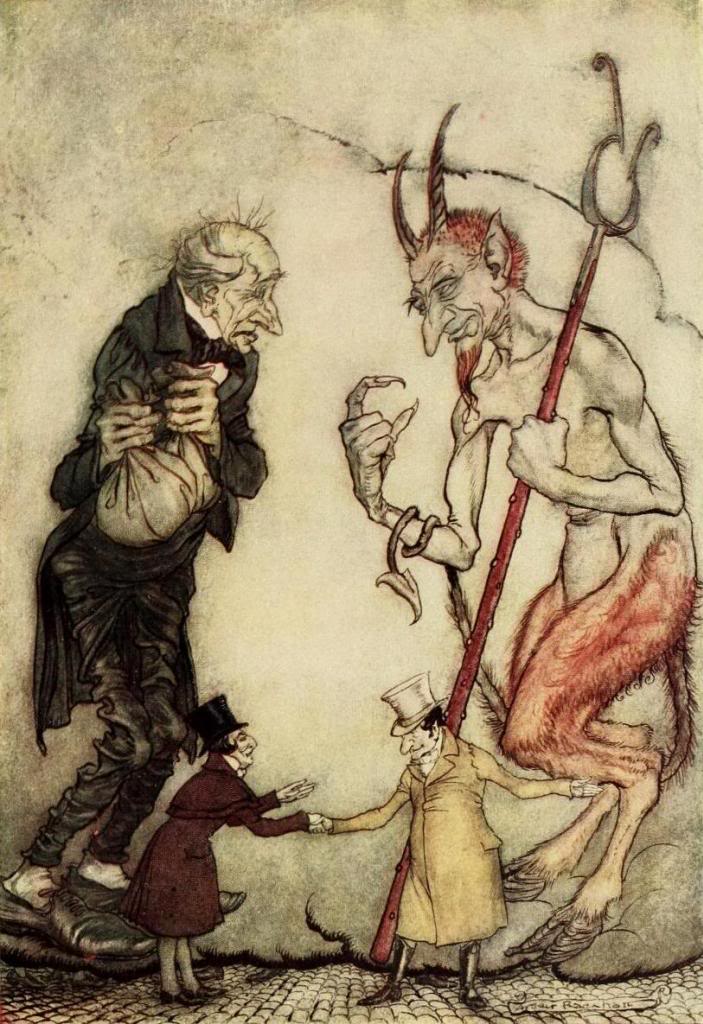 Arthur Rackham was born in 1867 and died of cancer in 1939. He had a formal art training in London and his work really started to be noticed at the turn of the last century. He was admired internationally and won gold medals at international art exhibitions and expositions, in Barcelona and Milan for example. You may not have heard of the name, but there is a good chance that you have seen some of his illustrations. As well as children's books such the one already mentioned, he created the well known images of Peter Pan, Jack and the Beanstalk, the Wind in the Willows (top left) and many, many fairy tales for children. Even if the image that comes to mind when you think of these stories from animated film, very often the basic image that the later animators used for the movie is drawn from Rackham's original depiction.
Arthur Rackham was born in 1867 and died of cancer in 1939. He had a formal art training in London and his work really started to be noticed at the turn of the last century. He was admired internationally and won gold medals at international art exhibitions and expositions, in Barcelona and Milan for example. You may not have heard of the name, but there is a good chance that you have seen some of his illustrations. As well as children's books such the one already mentioned, he created the well known images of Peter Pan, Jack and the Beanstalk, the Wind in the Willows (top left) and many, many fairy tales for children. Even if the image that comes to mind when you think of these stories from animated film, very often the basic image that the later animators used for the movie is drawn from Rackham's original depiction.
In this period, illustration was treated almost as high art. Very expensive, leather bound editions of books would be produced as collectors items. Clearly these collectors were usually not young children and so it was natural for the subjects of such editions to be extended to the publication of illustrated poetry and stories that adults would be interested in. For example he illustrated stories from Wagners' Ring Cycle, Shakespeare's plays and John Milton's Comus.
 His method seems to have been one of doing detailed drawings in pencil first and then inking in and erasing the pencil lines. He then builds up tonal contrast with multiple washes of browns and ochres and selectively colors areas by a similar build up of multiple transparent washes. His description of form is primarily through line therefore; but he uses tone and colour as very strong supporting players and very skillfully in order to draw the eye of the observer to those areas of the painting that he wants to be primary foci. This is done through: variation in contrast - lights next to dark attracts attention; variation in focus - sharp edges attract attention more than soft edges; and variation in colour - coloured areas attract attention when contrasted with other areas that describe form tonally, usually in sepias and greys. Accounts of his work talk about his understanding of 'new developments' in printing techniques and how he developed a way of working that allowed him to take adantage of thes. To the modern artists, who never needs to think about the capacity of modern technology to reproduce his work, of course, it would seems as though Rackham was working within constraints created by the limitations of printing. That being so, Rackham's work is another example of the maxim that one of my painting teachers use to say when forcing us to work within a limited palette: that very often being forced to work within narrow lateral constraints, push the creative person to greater depths.
His method seems to have been one of doing detailed drawings in pencil first and then inking in and erasing the pencil lines. He then builds up tonal contrast with multiple washes of browns and ochres and selectively colors areas by a similar build up of multiple transparent washes. His description of form is primarily through line therefore; but he uses tone and colour as very strong supporting players and very skillfully in order to draw the eye of the observer to those areas of the painting that he wants to be primary foci. This is done through: variation in contrast - lights next to dark attracts attention; variation in focus - sharp edges attract attention more than soft edges; and variation in colour - coloured areas attract attention when contrasted with other areas that describe form tonally, usually in sepias and greys. Accounts of his work talk about his understanding of 'new developments' in printing techniques and how he developed a way of working that allowed him to take adantage of thes. To the modern artists, who never needs to think about the capacity of modern technology to reproduce his work, of course, it would seems as though Rackham was working within constraints created by the limitations of printing. That being so, Rackham's work is another example of the maxim that one of my painting teachers use to say when forcing us to work within a limited palette: that very often being forced to work within narrow lateral constraints, push the creative person to greater depths.
There are many books now available of stories illustrated by him, and collections of his prints. They are a fascination for children and worthy of study by artist. The Amazon page for Rackham is here.
While I do admire his body of work in general I should point out that as I looked around for images to show, I noticed that some of his images of the female form, especially those from the Wagnerian there struck me as being tinged with an inappropriate eroticism. This is a shame. I didn't see it in his fairy tale illustrations, but it did make me think that as a parent I might want to look first before presenting them to my children.
Below: the first section are all from Jack the Giant Killer, including three uncoloured line drawings. Then one of his Wagnerian illustrations, A Midsummer Night's Dream and two from Peter Pan in Kensington.










